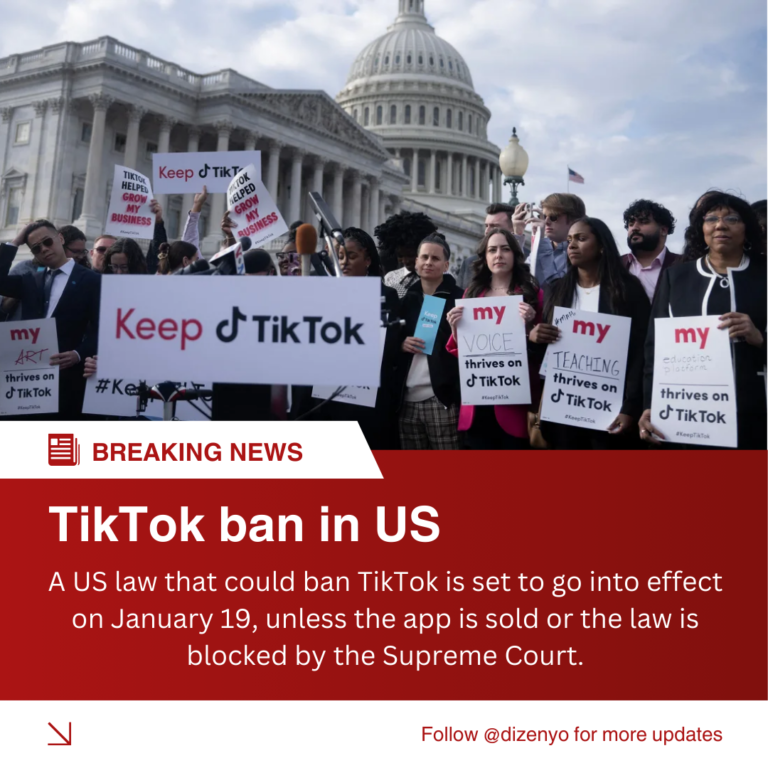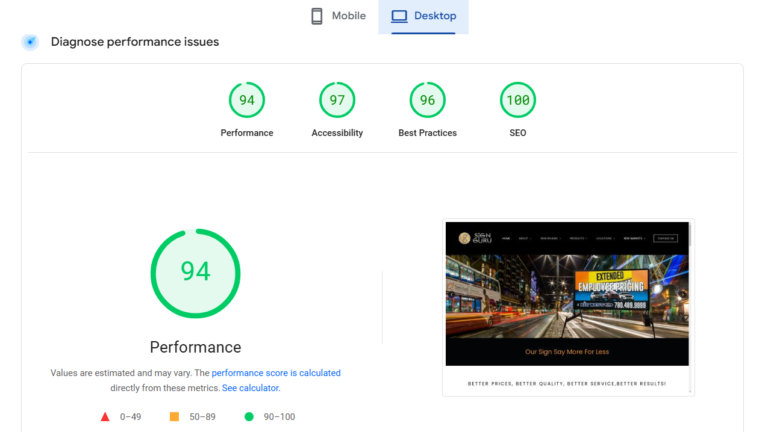In the fast-paced world of online marketing, capturing and retaining a customer’s attention is more challenging than ever. Retargeting ads, also known as remarketing ads, play a pivotal role in re-engaging potential customers who have previously interacted with your business but haven’t yet converted. These ads act as gentle reminders, nudging users back toward completing desired actions. Here’s a deeper look into the role and benefits of retargeting ads in online marketing.
What Are Retargeting Ads?
Retargeting ads are a type of online advertising strategy that targets users who have already visited your website, engaged with your content, or interacted with your brand in some way. These ads are displayed on various platforms such as social media, search engines, or other websites as users browse the internet.
The Importance of Retargeting in Online Marketing
1. Re-engaging Interested Customers
Most users don’t convert during their first interaction with a brand. Retargeting keeps your brand top-of-mind for users who showed initial interest, encouraging them to revisit and complete the conversion.
Example:
- An online clothing store uses retargeting ads to show a customer the exact pair of shoes they added to their cart but didn’t purchase. This gentle reminder often prompts the customer to return and complete the purchase.
2. Increasing Conversion Rates
By focusing on users who have already demonstrated interest, retargeting ads have a higher likelihood of converting leads into customers compared to generic ads.
Example:
- A travel agency retargets users who searched for flights but didn’t book by offering a limited-time discount in their ads, leading to increased bookings.
3. Boosting Brand Awareness
Repeated exposure to your brand through retargeting ads helps build familiarity and trust. Even if users don’t immediately convert, they’re more likely to think of your brand when they’re ready to make a purchase.
Example:
- A SaaS company displays retargeting ads featuring testimonials and product benefits to users who visited their website’s pricing page but didn’t sign up.
4. Personalized Customer Experience
Retargeting allows for highly tailored advertising. By showing ads based on users’ past behavior, you can deliver more relevant and engaging content.
Example:
- An e-commerce store creates dynamic retargeting ads showcasing the exact products a user browsed, paired with complementary items.
Types of Retargeting Ads
1. Site Retargeting
These ads target users who visited your website but didn’t complete a specific action, such as filling out a form or making a purchase.
2. Search Retargeting
These ads target users based on their search queries, ensuring your brand appears when they’re actively looking for related products or services.
3. Social Media Retargeting
Platforms like Facebook and Instagram allow businesses to retarget users who interacted with their posts, visited their profile, or browsed their website.
4. Email Retargeting
Retarget users who opened your email campaigns but didn’t take the desired action by showing them relevant ads across the web.
Best Practices for Retargeting Ads
- Segment Your Audience Group users based on their behavior, such as cart abandoners, content viewers, or repeat visitors, and tailor your ads accordingly.
- Use Dynamic Content Leverage dynamic ads to display personalized content, such as specific products or services a user previously viewed.
- Set Frequency Caps Avoid overwhelming your audience by limiting how often they see your ads. Excessive exposure can lead to ad fatigue and negative perceptions.
- Create Compelling CTAs Use clear and enticing calls-to-action to encourage users to take the next step, whether it’s completing a purchase, signing up, or downloading content.
- Test and Optimize Continuously test different ad creatives, formats, and targeting strategies to find what works best for your audience.
Measuring the Success of Retargeting Ads
Track key performance indicators (KPIs) like click-through rates (CTR), conversion rates, and return on ad spend (ROAS) to evaluate the effectiveness of your retargeting campaigns. Use tools like Google Analytics or platform-specific analytics to gather insights and make data-driven decisions.
Conclusion
Retargeting ads are an essential component of online marketing, offering a powerful way to re-engage potential customers, drive conversions, and build brand loyalty. By crafting personalized and well-targeted campaigns, businesses can maximize their advertising ROI and create lasting connections with their audience. Embrace retargeting as a cornerstone of your marketing strategy to stay competitive in today’s digital landscape.



